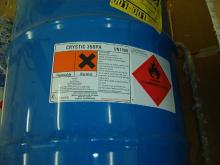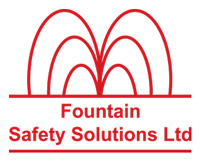Hazardous Substances
 What are hazardous substances?
What are hazardous substances?
Hazardous substances are used in many workplaces and take many different forms. Solids, liquids, gases, mists and fumes can be present in the workplace. Exposure to hazardous substances can affect the body in many different ways. Skin contact, inhalation and ingestion can cause damage
Why are hazardous substances important?
Hazardous substances can cause short and long term health problems. They can cause serious ill health including cancer, dermatitis and asthma. Employers must control exposure to hazardous substances to preserve the health of their employees.
Who is affected most at risk from hazardous substances?
Anyone who works with or is exposed to hazardous substances is at risk. Those exposed to more hazardous substances for long periods of time are more at risk than those exposed for short periods or to less hazardous substances Fountain Safety Solutions Ltd can assist you to prevent exposure to hazardous substances and where exposure cannot be avoided, then adequate controls should be put in place.
Good hazardous substances practice
Fountain Safety Solutions Ltd will assess the risks associated with the hazardous substances present in your workplace.
We will assist our clients to apply the: Eight principles of good practice:
- Design and operate processes and activities to minimise emission, release and spread of substances hazardous to health.
- Take into account all relevant routes of exposure – inhalation, skin absorption and ingestion – when developing control measures.
- Control exposure by measures that are proportionate to the health risk.
- Choose the most effective and reliable control options, which minimise the escape and spread of substances hazardous to health.
- Where adequate control of exposure cannot be achieved by other means, provide, in combination with other control measures, suitable personal protective equipment.
- Check and review regularly all elements of control measures for their continuing effectiveness.
- Inform and train all employees on the hazards and risks from the substances with which they work and the use of control measures developed to minimise the risks.
- Ensure that the introduction of control measures does not increase the overall risk to health and safety.


